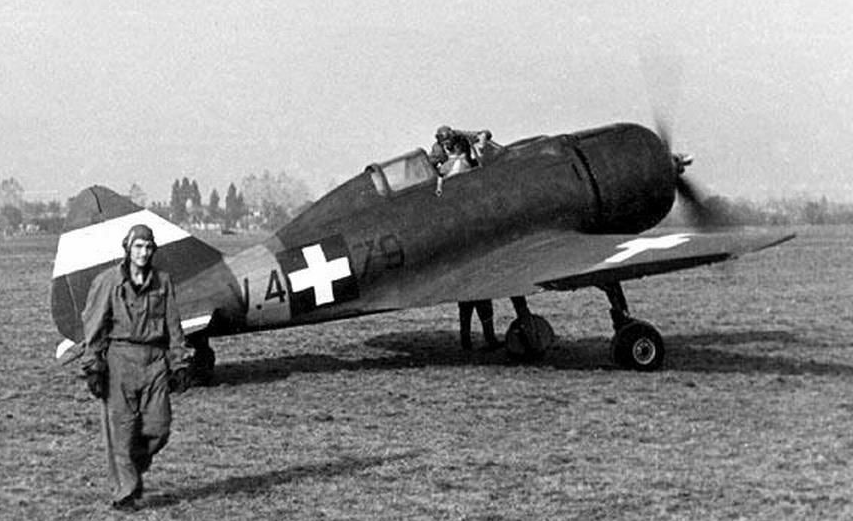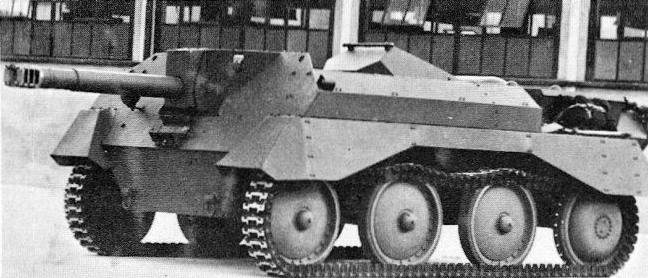Jagdpanzer 38 "Hetzer": Germany's Tank Destroyer of World War II
- kismber

- Dec 17, 2023
- 2 min read
The Jagdpanzer 38, known post-war as the "Hetzer," stands as a testament to the idea of repurposing obsolete tanks during World War II. Born out of the modified Czechoslovakian Panzer 38(t) chassis, this light tank destroyer played a crucial role in the latter stages of the conflict, proving to be a formidable force on both the Eastern and Western Fronts.
The Jagdpanzer 38, initially designated Leichter Panzerjäger 38(t), saw its roots in Germany's strategy of mounting anti-tank guns on outdated tank chassis. The name Hetzer, which translates to "chaser" in German, was not an official designation but rather a result of a brief confusion with a related prototype, the E-10. Despite the mix-up, an unofficial name Hetzer emerged among the troops, gaining popularity post-war due to historical accounts.
Prototypes of the Jagdpanzer 38 were ready by 1944, leading to mass production in April of that year. The Hetzer boasted a distinctive design, featuring sloped armor across its entire body, providing an improved defensive capability compared to other self-propelled guns. Its compact form and low silhouette contributed to its success on the battlefield.
Armed with a formidable 7.5 cm Pak 39 L/48 gun and a remote-controlled MG 34, the Hetzer was a challenging adversary against enemy tanks. Its wide body accommodated a four-man crew, and the lower hull underwent reinforcement with enlarged wheels, guide rollers, and tracks. These enhancements not only improved its defensive capabilities but also contributed to the Hetzer's versatility on various terrains.
Entering service in July 1944, the Jagdpanzer 38 quickly became Germany's primary tank destroyer. Its ease of production and high operating rates allowed for continuous modifications and improvements throughout its production run, resulting in over 2,800 vehicles being built. The Hetzer was part of the family of light tank destroyers, such as the Panzerjager-1 and the Marder series, however having a fully enclosed chassy with armour meant that the crew was protected from every angle. It enjoyed widespread availability and a reputation for mechanical reliability. Due to its compact size, the vehicle could be concealed more easily than larger counterparts. Unlike mobile, meeting engagement strategies or the traditional blitzkrieg tactics of the Wehrmacht, the Jagdpanzer 38 excelled when strategically positioned along predetermined lines of sight, anticipating enemy approaches, or deployed defensively to bolster a prepared ambush. In terms of dimensions and vertical profile, the Jagdpanzer 38 closely resembled the diminutive and undergunned pre-war Panzer II.
However, by 1944, most tanks had evolved to larger and heavier forms. A Jagdpanzer 38 lying in wait in an ambush position presented a significantly smaller target for detection and hits compared to many other armored vehicles of that era. Its primary drawbacks included relatively thin side armor, limited ammunition storage, constrained gun traverse, and an internal layout that posed operational challenges. The Hetzer made significant contributions on both the Eastern and Western Fronts, showcasing its effectiveness in various combat scenarios.
The Jagdpanzer 38 "Hetzer" remains an iconic representation of German engineering during World War II. Despite its unofficial name and initial naming confusion, the tank destroyer played a vital role in the late-war efforts, leaving a lasting impact on military history.








